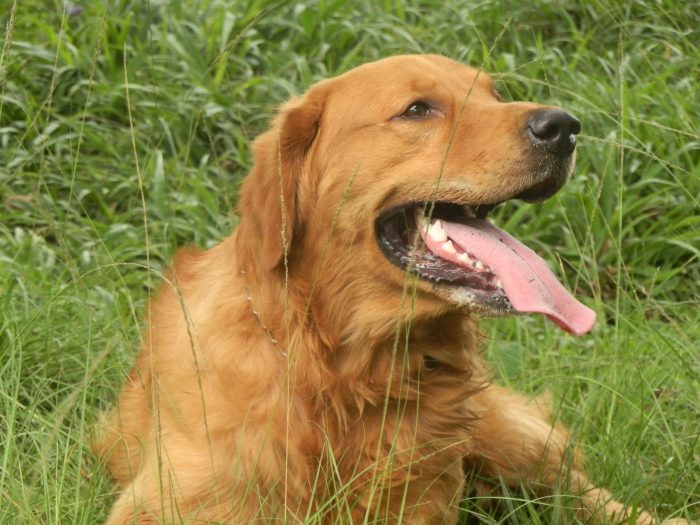Summer is the season for enjoying the great outdoors with your family and fur babies, it can also be an opportunity for heat exhaustion and heat stroke.
Heat exhaustion occurs when a dog’s body temperature reaches over 103-degrees. A definite cause for concern is heat stroke, when their temperatures reach 106-degrees or higher.
As a pet owner, it’s your responsibility to monitor your pup while outside to ensure they do not experience overheating, which can result in more fatal effect such as a shutdown of the organs and heart.
Heat stroke, as defined by PetMD, is a type of non-fever hyperthermia that occurs when the “heat-dissipating mechanisms of the body cannot accommodate excessive external heat.”
Essentially, dogs do not sweat externally the same way as humans do, which is why they pant to keep cool. Sometimes, especially in summery temperatures, panting isn’t adequate enough to keep their body temperature regulated, resulting in heat complications.
Symptoms to look out for include, but are not limited to:
Vomiting
Diarrhea
Excessive Panting
Thickened saliva/drooling
Dizziness/wobbling
Irregular or rapid heart rate
Tremors/seizures
Little to no urination
Unconsciousness
Bloodshot eyes
The greatest knowledge you can obtain is recognizing and preventing symptoms before they become harmful or fatal. If you are traveling or know you will be outside with your pet all day, always keep water on hand. Provide a shade and make sure you are not going outside with them during peak hours.
If they require a great deal of exercise or have a lot of energy, try walking, running or hiking with your pups early in the morning or late at night. You can also allow them to swim in a pool or lake to cool off while getting exercise at the same time.
When in the home, make sure your pup has plenty of cool air- including air conditioning and fans. Never leave your dogs in an unventilated, hot car for any reason. Even a “perfect”, 70-degree day can transform a car into a 104-degree oven after just half an hour!
Similar to humans, keep a watchful eye on dogs that may be more susceptible to heat-related issues such as senior dogs, puppies, and dogs with health concerns that can worsen in heat (obesity, cardiac disease, brachycephalic breeds or thick coated breeds, etc). Another risk factor to be vigilant of includes high temperatures mixed with high humidity, which increases the likelihood of heat stroke.
If your dog becomes heat exhausted, don’t waste time. Bring them inside or to a cool area immediately. To help stabilize them, you can place your dog in a cool (not cold) bath or pour water over their body to help bring their temperature back down. Also, give them the opportunity to drink plenty of water.
Simultaneously, call your vet so that they can advise you on additional steps to take. If suspected to be heat exhaustion or heat stroke, your vet may ask you to come in to administer fluids to help restore any minerals and liquids lost in the process. They will also monitor your pet for any complications associated with heat including kidney failure, dehydration, and shock.
The best things you can do are to be prepared, stay observant and plan ahead when it comes to the heat and your fur friends. When in doubt, don’t hesitate to reach out to your veterinary professional. In doing so, you and your pups can have a safe summer full of adventure!











Read 0 comments and reply